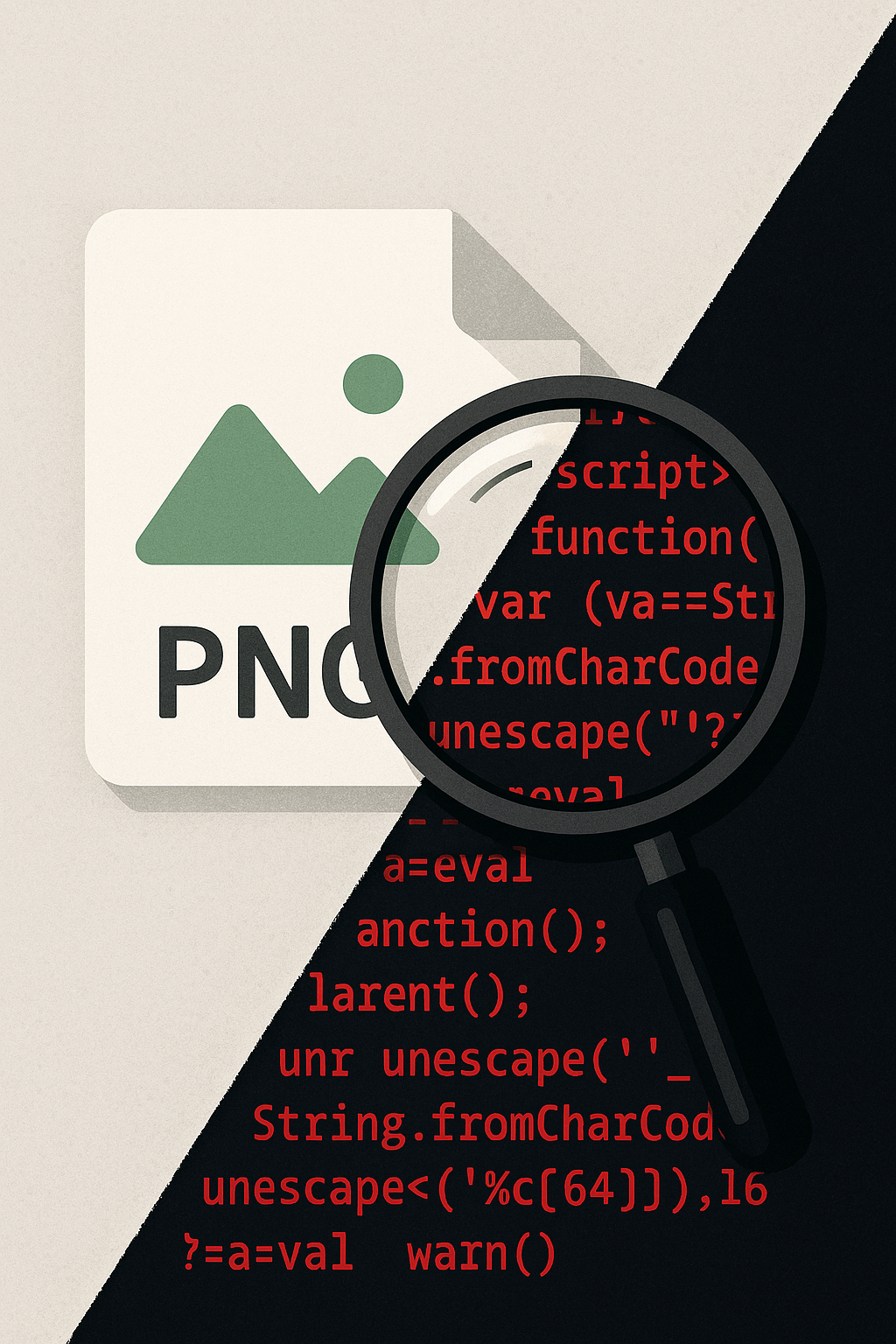Hey there! In today's tech-savvy world, staying on top of your cybersecurity game is more important than ever. Windows privilege escalation is one aspect that often flies under the radar but can have major consequences. But wait, why should you even care? It’s like leaving your backdoor unlocked while you focus on the front; you might not think it's a big deal until something bad happens. In this post, we will unravel the mystery behind privilege escalation, why it's a crucial concern for individuals and businesses, and how you can safeguard your systems against these sneaky threats. Get ready to amp up your security smarts!
What is Windows Privilege Escalation Anyway? You know, in the world of computers, not all user accounts are created equal. Some have the keys to the kingdom (admin accounts), while others have just enough to get by (standard user accounts). Windows privilege escalation is like a sneaky intruder convincing your security guard to hand over those keys. Technically, someone exploits a bug, design flaw, or configuration oversight in an operating system to gain elevated access to resources normally protected from an application or user.
Why Should This Be on Your Radar?
- Security Breach Central: Imagine a burglar getting into a bank vault. That's privilege escalation in a nutshell. It's a hacker's dream – accessing confidential data, deploying malware, or taking control of your entire system.
- The Hidden Threat: It's not always about outsiders. Sometimes, the threat comes from within. Employees with limited access could escalate their privileges and do serious harm.
- A Gateway to More Attacks: Think of it as a domino effect. Once a hacker has higher-level access, they can pave the way for more severe attacks, spreading across a network like wildfire.
How Can You Protect Yourself? Let's get down to brass tacks. Protecting yourself from privilege escalation involves a few key strategies:
- Regular Updates and Patch Management: Keep your systems up to date. Those updates aren't just for show; they patch up security holes that could be exploited.
- Least Privilege Principle: Only give users the necessary access and nothing more. It's like not giving every employee the key to the safe.
- Monitoring and Auditing: Keep an eye on your system for unusual activity. Regular audits can catch suspicious behavior before it turns into a full-blown disaster.
- Use of Security Tools: Invest in good antivirus and anti-malware software. They're like your digital guard dogs.
Real-World Examples – A Cautionary Tale Remember the infamous WannaCry ransomware attack? That was a classic case of privilege escalation gone wild. Hackers used a vulnerability in Windows to encrypt data and demand ransom. It wreaked havoc globally, affecting thousands of computers. Lesson learned? Don't take this stuff lightly.
The Bottom Line Windows privilege escalation might sound like geek-speak, but it's a real threat with real consequences. Whether you're an individual, a small business owner, or part of a big corporation, preventing privilege escalation is crucial for your cyber well-being.
FAQs:
- Q: Can regular users easily spot privilege escalation? A: Not always. It often requires technical expertise, but looking for unusual system behavior is a good start.
- Q: How often should I update my systems? A: Regularly! It's best to apply an update as soon as possible whenever an update is available.
Wrapping Up: Alright, folks! That's the lowdown on Windows privilege escalation and why it should be on your radar. Stay vigilant, update regularly, and keep those privileges tight. Your digital security may depend on it!
Remember, in the cyber world, the best offense is a good defense. Stay safe out there!
Subscribe To Our Newsletter
Get updates and learn from the best
More To Explore


